Evacuating a big city in the event of a natural or manmade disaster is a logistic nightmare for local authorities, and due to the lack of personal and proper infrastructure, it may very well turn into an “everyone for themselves” scenario. This means that you will be left on your own, and you have to figure out ways to get out of the city before you become trapped.
For example, Los Angeles experienced an economic boom after World War II, but it was also at risk of being targeted by a nuclear attack by the Soviets. The population of the city in 1950 was close to two million, with twice as many people living in the sprawling county that extended 50 miles across. However, the infant freeway system had only three narrow highways available to evacuate such a large number of people in case of an emergency.
To address this issue, it was determined that the most effective solution was to build a network of roads over the San Gabriel Mountains and into the Mojave Desert beyond. In the event of an impending disaster that required evacuation, the residents of Los Angeles were forced to depend on their own resources.
A real-world example of this can be seen right now in Turkey after a series of devastating earthquakes left cities in ruins. An evacuation order was issued in the affected cities since the was a chance of powerful aftershocks doing even more damage and taking more lives than the initial quakes. The few remaining highways were choked with traffic, fights between motorists broke out, people died in various accidents, and to top it all, looters also became a problem in certain areas.
As a result of this situation, mayors and other officials are hesitant to issue evacuation orders during certain disasters, despite the risks to the population. Nevertheless, even in the absence of an official order, you may choose to relocate your family to a more secure and remote location for safety. In such circumstances, it is essential to be prepared to evacuate at a moment’s notice.
Before you leave
History has demonstrated that evacuation announcements can be made with very little notice, and being prepared with your equipment will put you ahead of the crowds already clogging the roads out of town.
Bug out vehicle
Given the possibility of having to evacuate at a moment’s notice, it is important to ensure that your chosen bug-out vehicle is always fueled up and well-maintained, as gas stations may be closed and service limited.
With streets crowded with cars, it is advisable to keep a variety of essential gear in your vehicle at all times, at the very least. This way, you will have less to gather on the day you are compelled to leave, and you will be better prepared for an emergency when you are away from home on a daily basis.
Also, think about the possibility that you will get stuck with other motorists and may be forced to abandon your vehicle. In such a case having an alternative means of transportation becomes crucial, and the most affordable vehicle could be the average bike. If you decide to include a couple of bikes in your bug-out plan, make sure you are equipped to handle the weather. This means proper clothing for the riders that offer protection and proper tires for the bike.
Exit plan
Each city is unique, with some having a variety of evacuation routes and others being more restricted. Therefore, it is necessary to draw an exit plan that takes into account your location, population, and intended destination. It is advisable to avoid heading toward the city center and instead choose a primary route that you have marked on detailed paper maps.
As cell service may not be available, it is essential to carry topographical and forest service maps, in addition to highway and local road maps, for your area. It is important to be familiar with your routes to ensure a safe evacuation.
While it is recommended to follow the advice and directions of governmental officials during an evacuation, be prepared to take your own route if necessary to ensure your safety. It is vital to keep a small dynamo-powered radio in your cache to keep you informed of the latest news.
It is also essential to plan for failure when developing your evacuation plan. Expect the main highway to be congested and secondary roads to be blocked or congested. Plan to take a tertiary road, an alternate route, or a secret series of side streets that may not be as crowded as the main roads.
As you create your plan, consider all the items you might need along the way. Make sure you plan for every case, overlap your requirements for each case, and decide what would make sense to take. While you cannot plan for every scenario, effective planning will maximize your chances of a successful evacuation.
Gear
When packing your gear for a potential emergency, it’s important to consider factors such as your environment, climate, time of year, type of emergency, and intended destination. The 10 Essentials, popularized by the Sierra Club and Boy Scouts in the 1970s, provide a comprehensive packing list to ensure you are well-prepared for any situation on the road. Be sure to include redundant gear from all ten categories to maximize your preparedness.
While it’s crucial to pack efficiently, be mindful not to overpack. Prioritize food and water and adjust your packing list based on the specific circumstances of your trip. For example, if you’re traveling to a desert in the summer, extra blankets and warmer clothing may not be necessary and will only take up valuable space. Keep your gear in accessible boxes or totes near your parked car, and have a backpack as a carry option in case you can’t take your car.
In addition to the 10 Essentials, include extra items such as cash (since ATMs may not be available), prescription medications, personal hygiene items, and important documents (stored in a waterproof container). If you have pets, don’t forget to pack gear and food for them as well.
Practicing your bug-out plan
To implement your bug-out plans, start by driving your intended routes and taking note of any issues or obstacles you may encounter along the way. Take note of how long it takes you to travel your primary and backup routes, and how traffic patterns may be affected during rush hour.
Make sure to mark areas to avoid on your maps, such as unsafe neighborhoods or areas lacking necessary services, and identify potential safe-havens, such as remote friends’ homes, military bases, or hospitals. Be aware of potential choke points where traffic may bottleneck and identify any rivers or streams that could flood and block your route.
Consider the availability of essential resources like fuel, water, and food along your route, and ensure they will be readily available when you need them. By taking these precautions, you can better ensure a safe and successful evacuation.
Evacuation day
Leaving your home behind with the possibility of never returning is undoubtedly difficult. However, it’s essential to depart in a manner that doesn’t draw unwanted attention. Pack your gear discreetly in a closed garage, and leave as if you’re going on a brief vacation. If there’s a risk of flooding, turn off the power at the breaker, but if not, leave a few lights on to deter looters. Be sure to lock all windows and doors before departing.
Once you’ve left, follow your evacuation plan, utilizing the routes you previously prepared. Stay vigilant for potential hazards such as riot zones, road obstructions like downed power lines, washed-out bridges, and increased traffic. In case of unexpected dangers, you may have to rely on secondary or tertiary plans. Remember to keep moving, prioritizing your safety and that of your family. While it may seem cold-hearted, emergencies require you to focus on your group’s survival and not trust strangers.
It is important to mention that you will be tempted to stop and provide help to those in need, but this should only be done after you make sure there is no risk of putting yourself or those in your party in danger.
For example, in Turkey, a lot of people started digging with their bare hands to get people out of the rubble, and in some cases, this led to structural collapse, and the rescuers themselves became trapped or injured. Others crawled inside the collapsed building, trying to reach survivors, and they became trapped as well. And lastly, the extraction and treatment of earthquake victims require proper knowledge since the wounds inflicted during an earthquake can vary greatly, from punctured wounds to broken bones or spinal cord injuries that need professional medical assistance to make the victim mobile.
How long do you need to stay away?
The question of how long to stay away from home after an emergency is a complex one. There are many factors to consider and no easy answer. One of the most important considerations is safety. Before returning home, it is essential to ensure that it is safe to do so. Depending on the nature of the emergency, it may be necessary to wait for the all-clear announcement from emergency services or local authorities before attempting to return.
Another important factor to consider is the aftermath of the emergency. Even if it is safe to return home, it is possible that the home itself may have been damaged or destroyed. In such cases, it may not be possible to return home for an extended period of time, or even at all. It is important to consider these possibilities when planning your evacuation and your return.
It is also important to understand the nature of the emergency itself and its aftermath. Some emergencies, such as wildfires or hurricanes, may cause widespread damage and disruption, making it difficult to return home even if your own home is intact. In such cases, it may be necessary to plan for an extended period away from home, potentially weeks or even months.
Even if it is safe to return home and your home is undamaged, it is important to be prepared for the continuation of the emergency or for new emergencies to arise. For example, after a hurricane, it may be necessary to cope with extended power outages or limited access to food and water. It is important to plan for these possibilities and to be prepared to cope with them for an extended period of time.
It is also important to mention that in certain cases, there may be nothing left to return to, and this will have an immense emotional impact on those affected. Some may want to rebuild, while others will choose to relocate, but regardless of the choice at hand, it’s always incredibly difficult to start over. It’s recommended to have a backup plan in case you need to relocate your family, and one suggestion would be to pick a location close to family and friends that can offer both moral support and resources in case needed.
Concluding
Evacuating a ruined city is a difficult and emotionally charged decision that requires careful planning and preparation. It’s important to have a well-thought-out evacuation plan that takes into account all potential scenarios and factors, such as the type of emergency, the condition of the roads, and the availability of resources along the way.
While it may be tempting to rush back to your home or city, it’s essential to prioritize safety and consider the potential risks of returning too early or without proper preparation. Always remain vigilant and aware of your surroundings as you navigate through the aftermath of the disaster. By staying calm, focused, and prepared, you can increase your chances of successfully evacuating a ruined city and starting anew elsewhere.


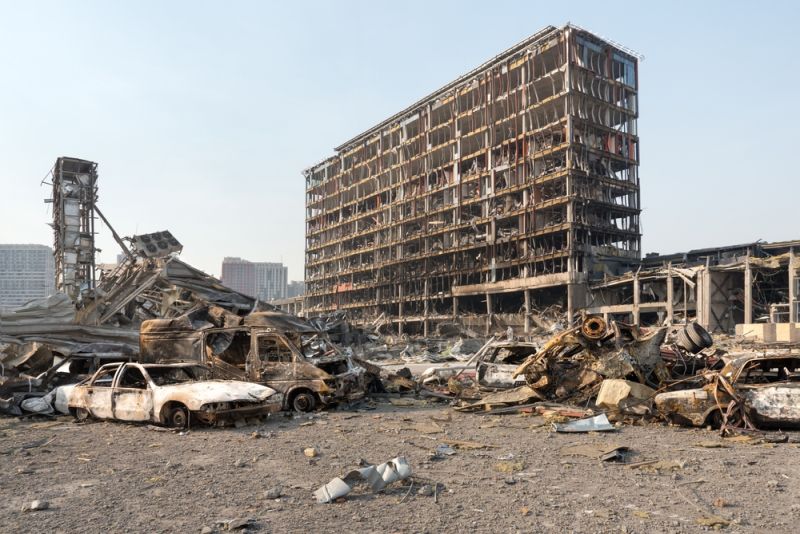


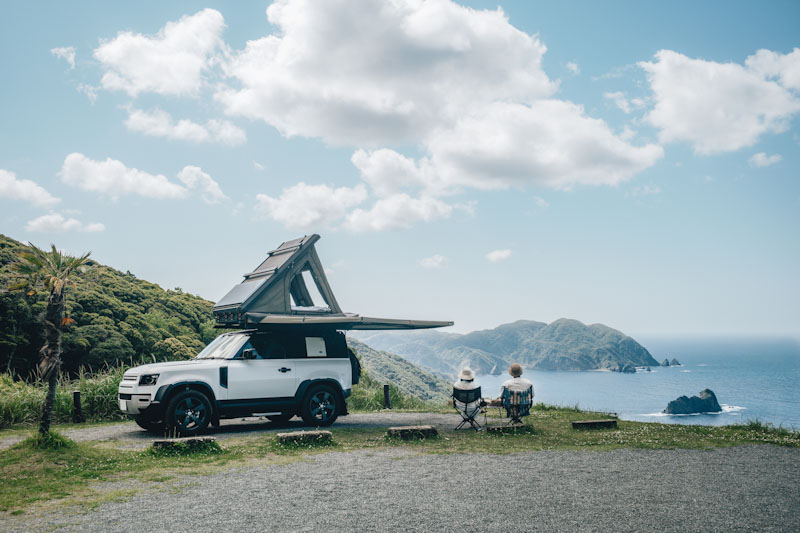
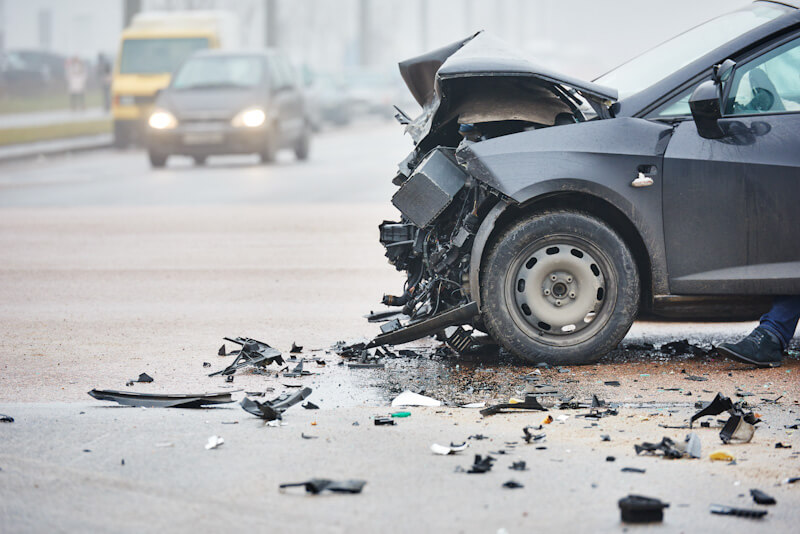
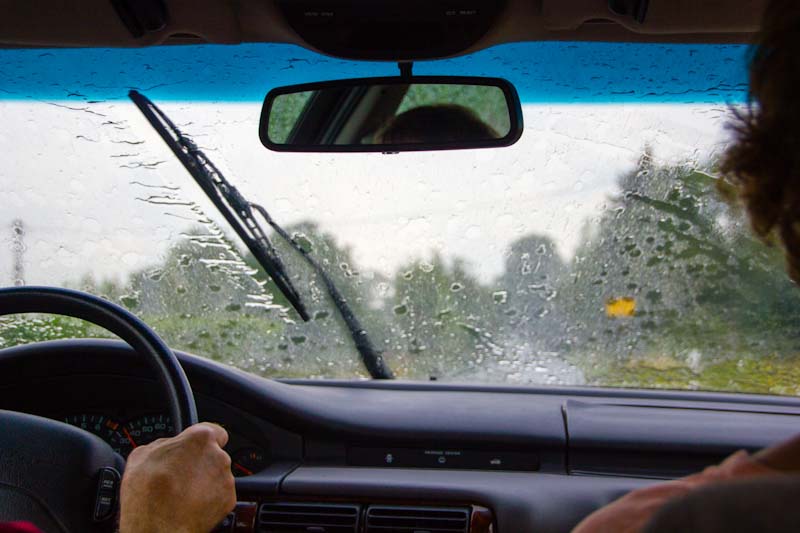
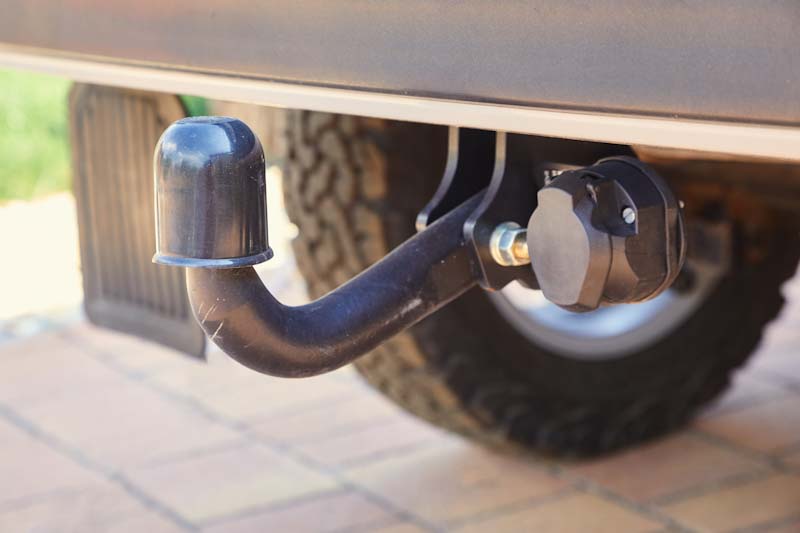

radar | April 15, 2023
|
Excellent presentation of the major planning issues. Thanks for mentioning L.A. in the 1950’s. I (5-y/o) lived in Long Beach back then, when we drove 5-miles distance in 45-minutes on one of those three highways. I recall once telling my Dad (driving) that I had to pee. He said, “I can’t pull off the highway or I won’t back on again. You will have to hold it or pee in your pants.. How I wish my parents would have had aboard a wide-mouth 1/2 gallon juice container “to pee in”. Everyone could have done that, even mom who wore a dress back then. Now I understand better why dad moved so often in my early years, and why he would leave for work nearly 2-hours early and stay late (to avoid Boom-Town traffic,
One thing said by other writers that you did not mention is that some people pick alternate housing on the edge of town as the first leg of their trip just in case they get shut down for any reason. Then they have a temporary shelter with supplies and are out of downtown chaos. It all depends upon one’s basic plan, and back-up plans should the basic plan cease being feasible.
John Mercer | April 16, 2023
|
I think the most important part of any bug out plan is to pratice the plan. I know a lot of people will drive their plan, but what do you do if you can’t drive all the way to your safe place? My wife and I often stop our jeep somewhere along our route and then walk (hike) the rest of the way. We have discovered a lot of short cuts that we can use while on foot. We once walked over 70 miles to get to our safe place. 5 days of walking. We have places where we have supplies stashed so we don’t have to carry everything that we need for such a long hike. I wonder how many people do this? To us, it is very important to know the route not only by car, truck or jeep, but also by foot.
Ben | July 24, 2023
|
I just wonder how many people (%) are actually thinking about this scenario. Many folks rather hide the head in the sand and hope that nothing like this can happen. Even those (including myself) who understand consequences and have basic GoTo bag and food/water supplies, necessary items in the car, won’t practice. It is impossible to predict the outcome after disaster. Hurricane? Flood? Shortage of food supplies (it’s designed by the world elite already)? Crash of the banking system due to a hack, or even EMP?
In the case of SHFT, many people will rely on the FISMA, Red Cross, etc. because even if you had some preparations, you won’t survive for a long time just bagging out of your home (unless you built the survival shelter and spent enough time, money, and efforts to equip it for a long-term survival and in the right place(!).. And how many people can do it, seriously, especially if you don’t live far away from the cities.?